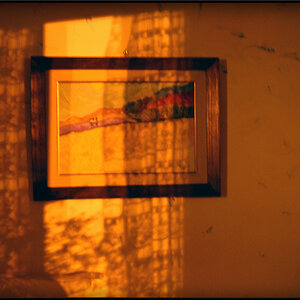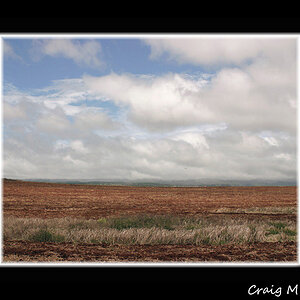PhotoWrangler
No longer a newbie, moving up!
- Joined
- Jun 20, 2010
- Messages
- 1,702
- Reaction score
- 366
- Location
- Houston MetroMess, Texas
- Website
- www.themodernmutt.com
- Can others edit my Photos
- Photos NOT OK to edit
Actually, there are many ways to go about this shot Chris. I don't want it to look like a run of the mill group portrait in front of a tree. I can think of many ways to do this shot w/o asking on a forum, BUT I asked for input to see if anyone had any creative ideas that might add to my vision. I would have got this shot with or w/o the help of the forum, but I value the input from the members here. Did you need anything else from me, because I am actually booked through September of next year with weddings and really don't need your approval unless you would like to take one of my last few openings of 2013.
No thanks, I know how to light and shoot my own scenes.
And for clarification, you didn't ask for "creative ideas" that might add to your vision. You asked how to light a group of 5-6 people in front of a Christmas tree for that warm glowing feeling.
And for the record, your number of bookings doesn't designate your lighting knowledge.


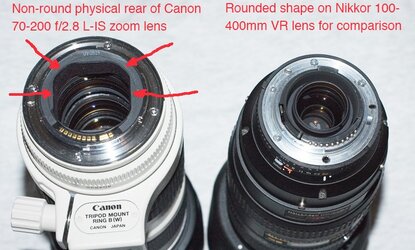
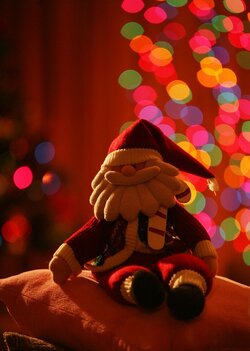
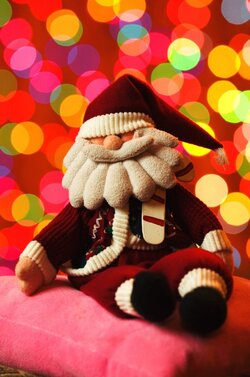


![[No title]](/data/xfmg/thumbnail/34/34057-a5a92fad5f5d96a5945d55a404b0cd27.jpg?1619736257)
![[No title]](/data/xfmg/thumbnail/37/37523-291af5748bb3a98408cc748fb81bb365.jpg?1619738129)
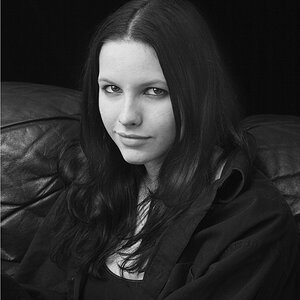
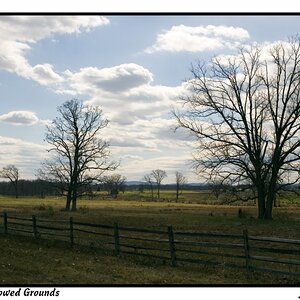
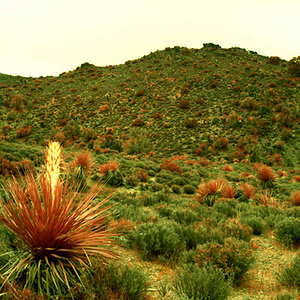
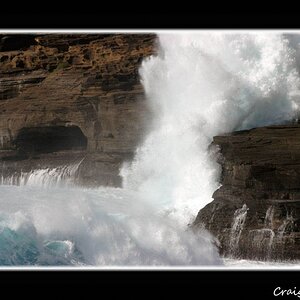
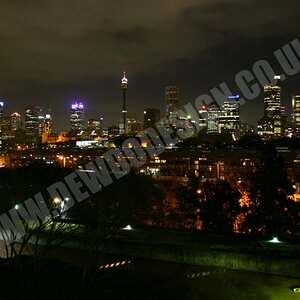
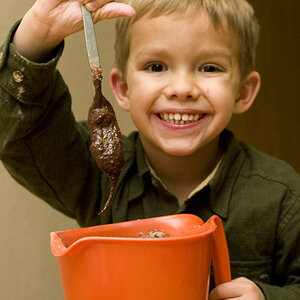
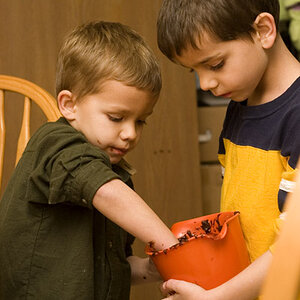
![[No title]](/data/xfmg/thumbnail/31/31011-439c1242fe08cf6b54f32bf06523a567.jpg?1619734567)
